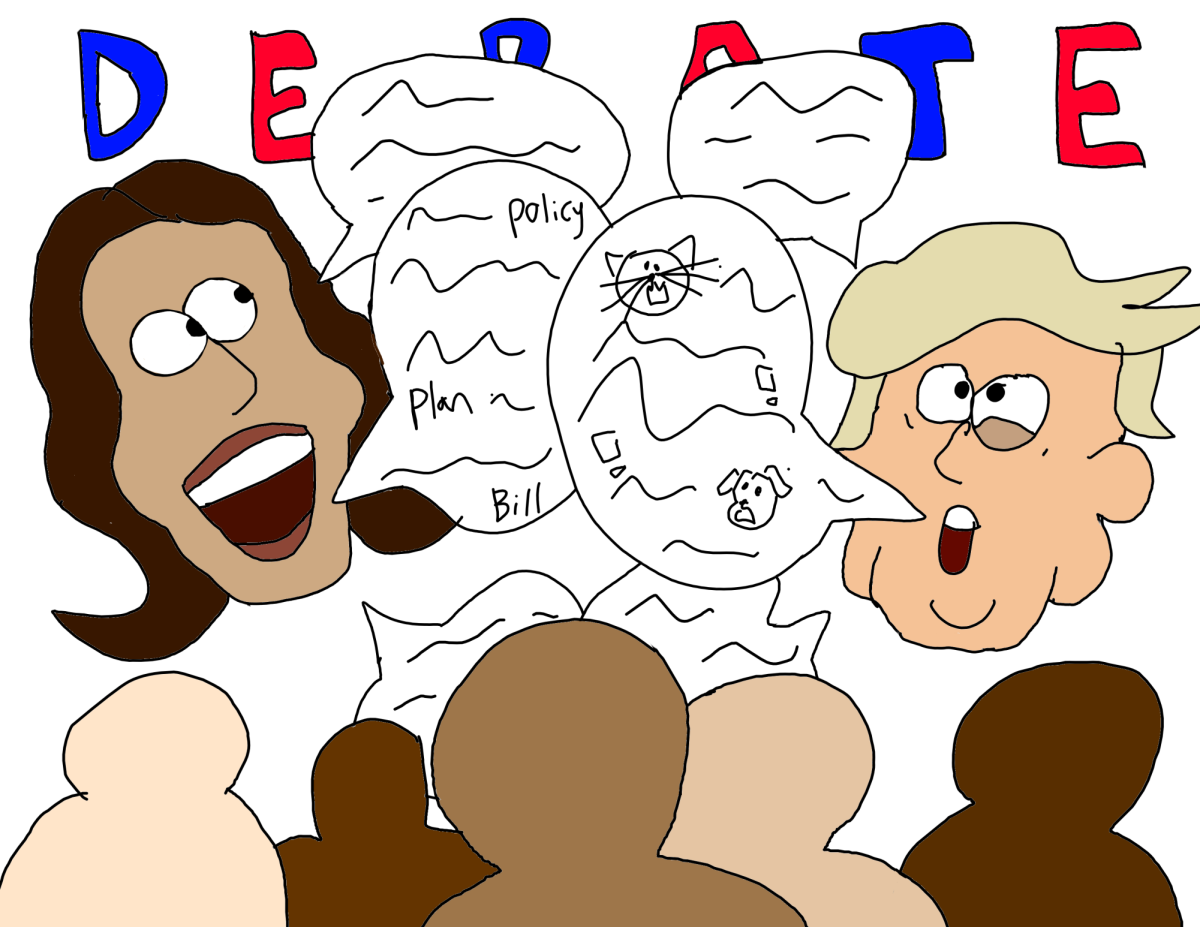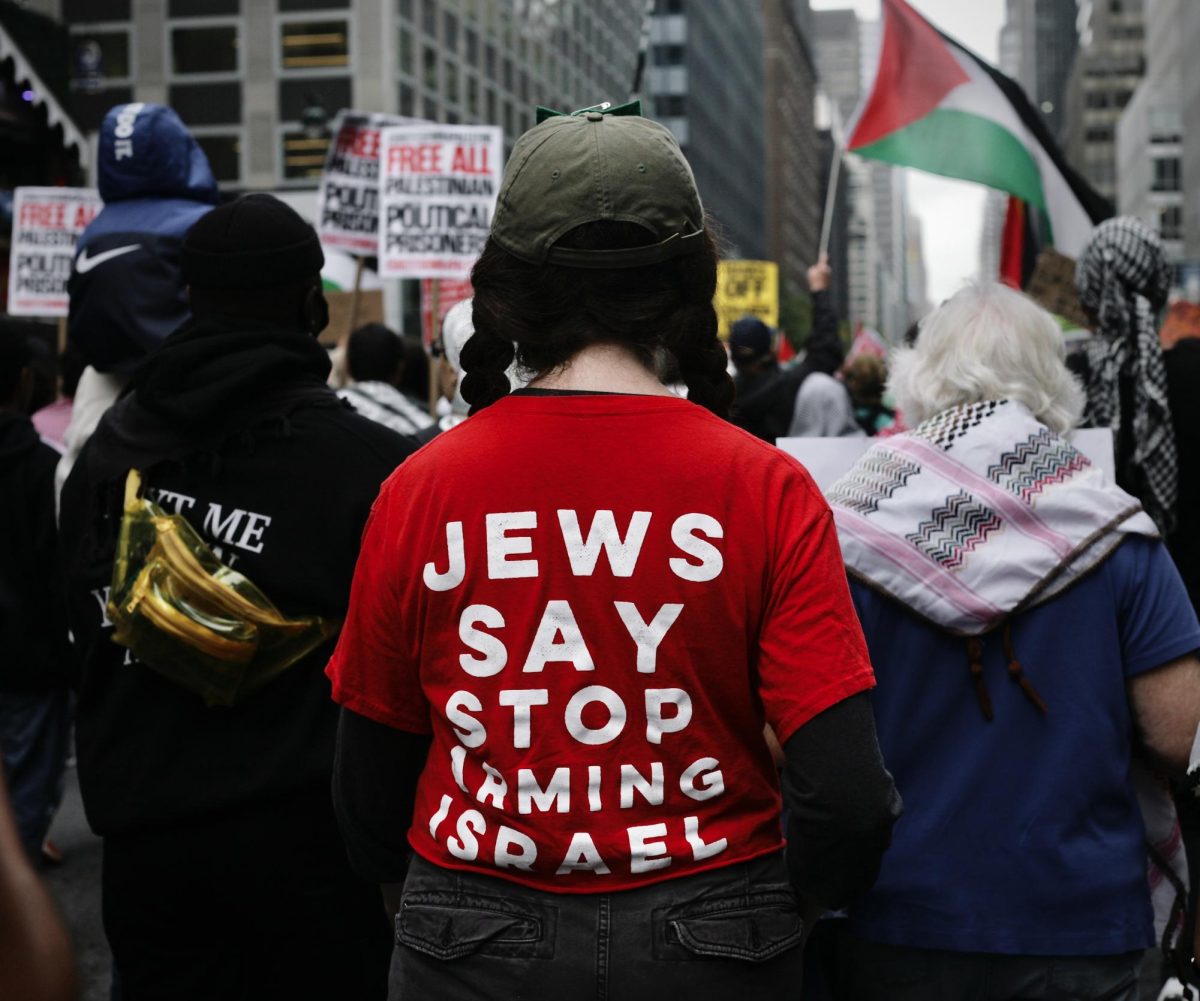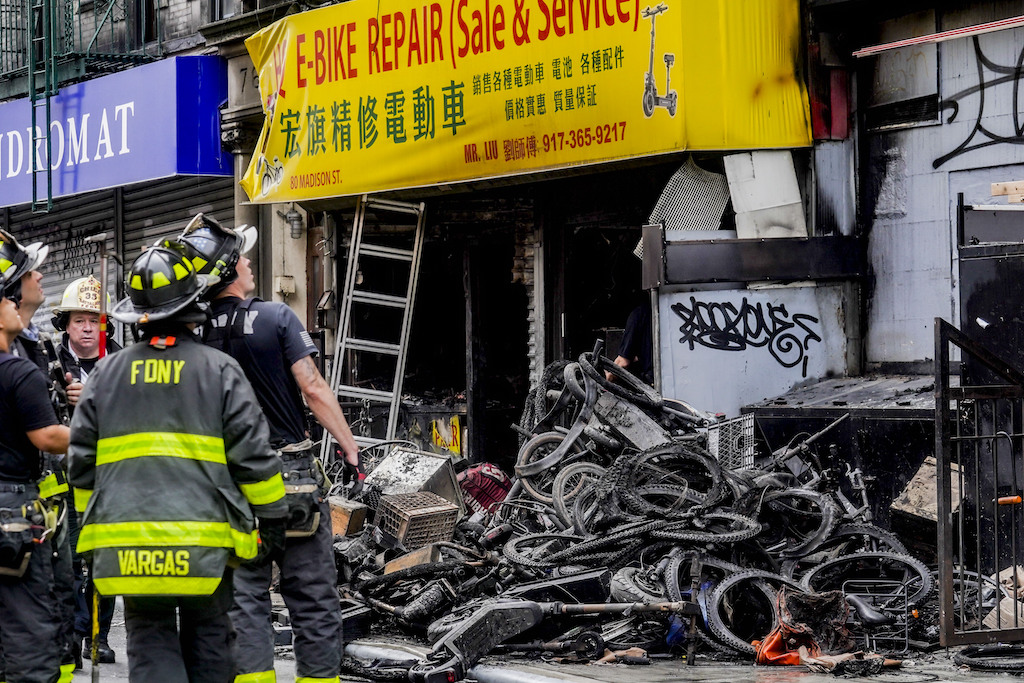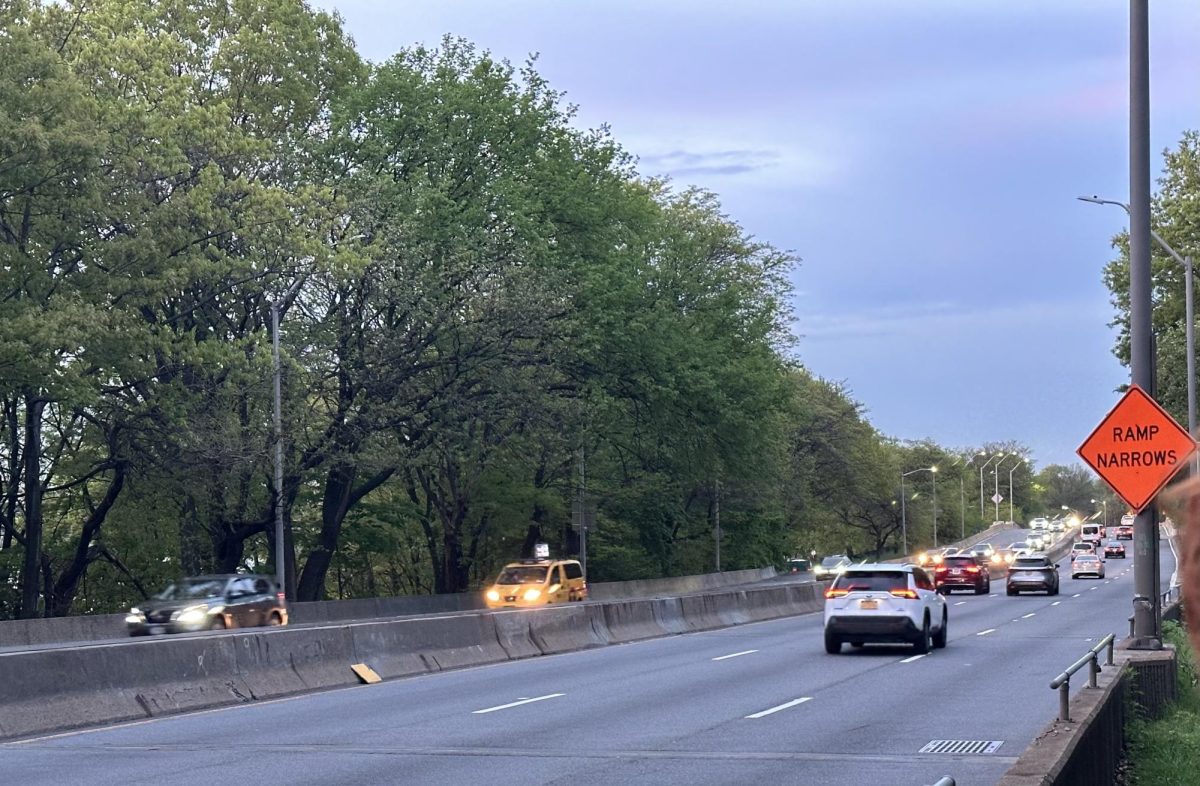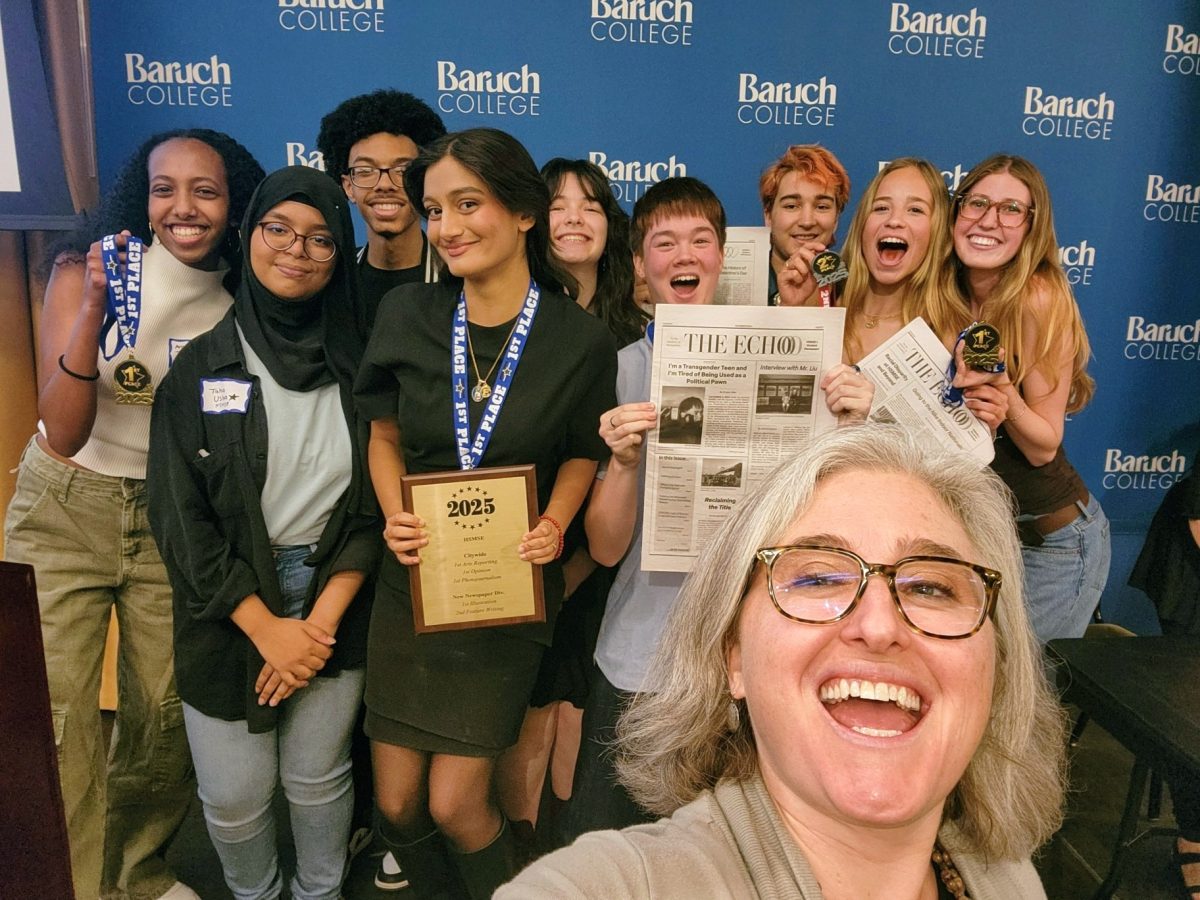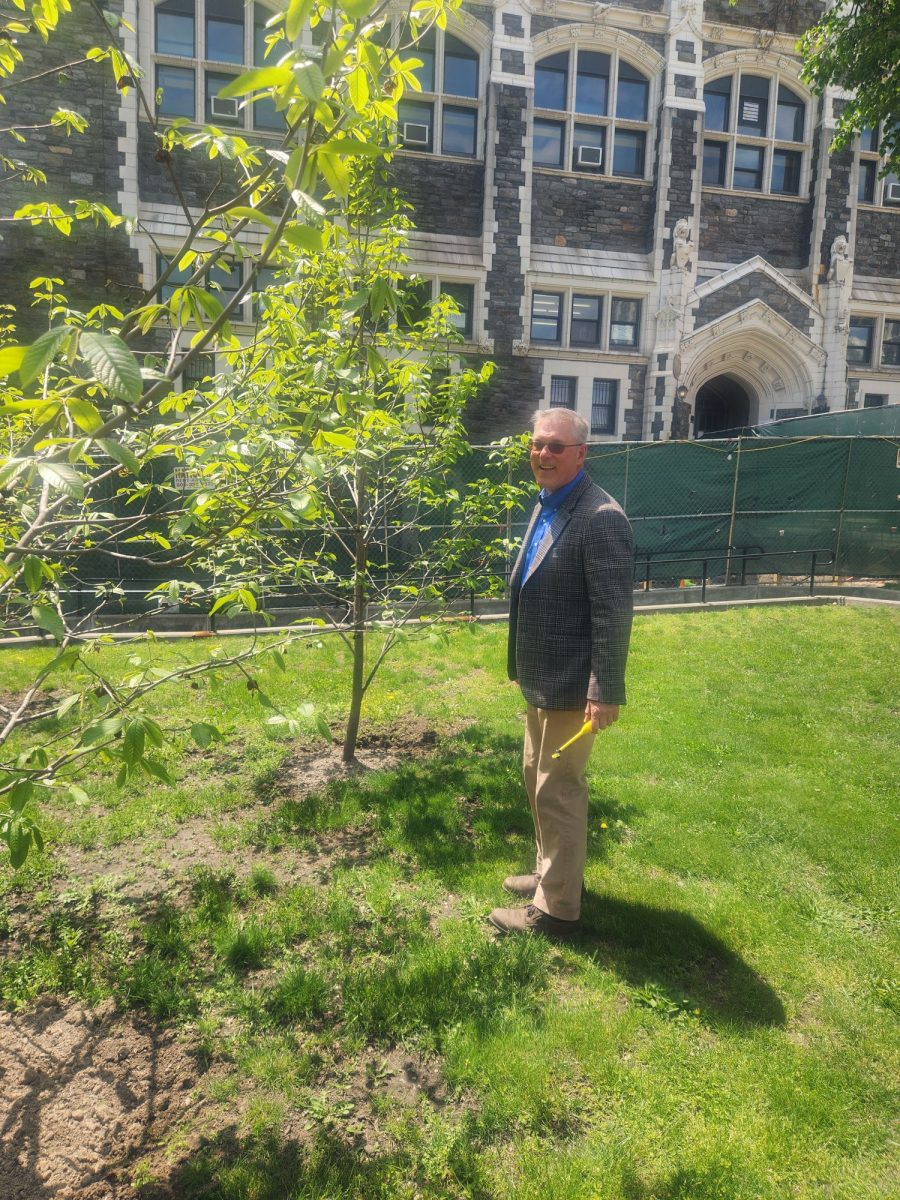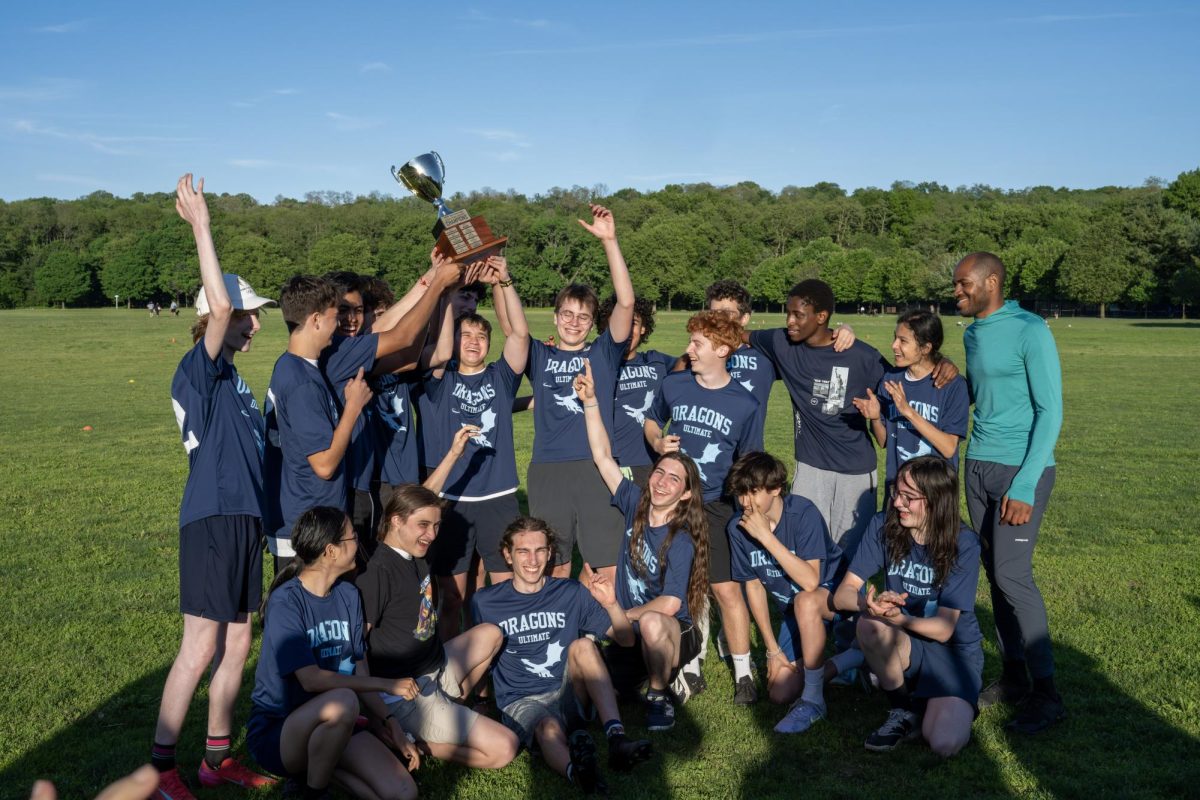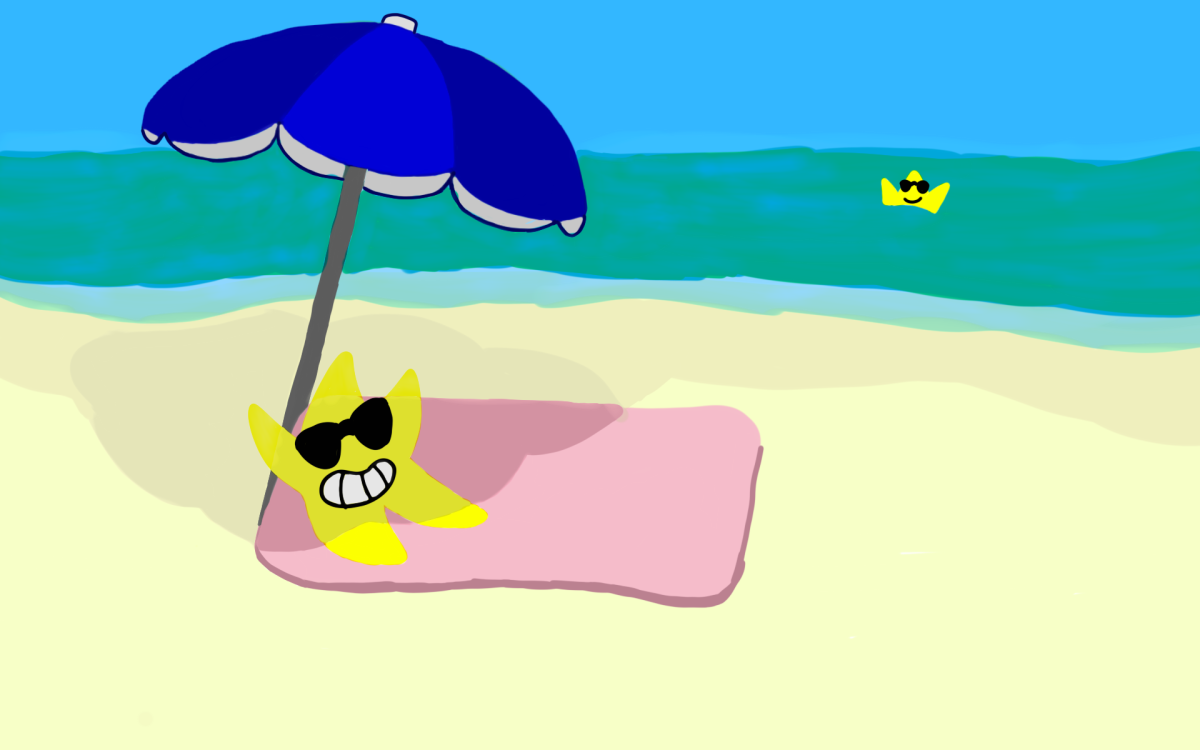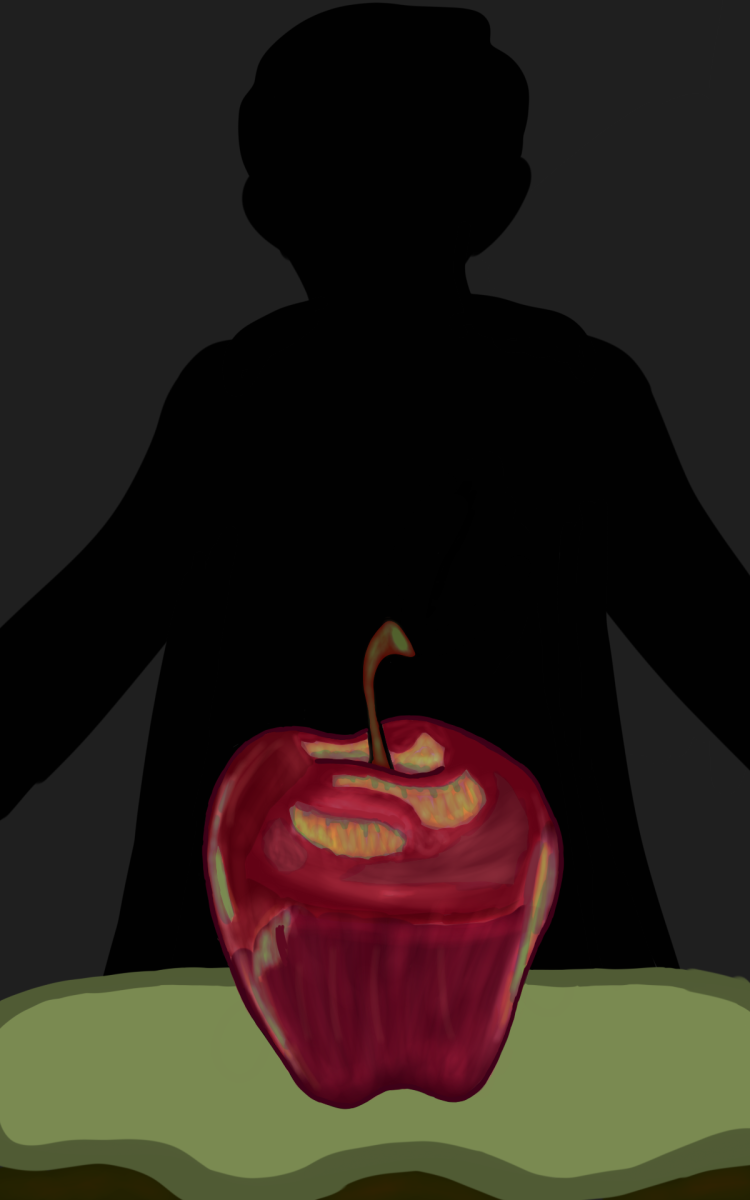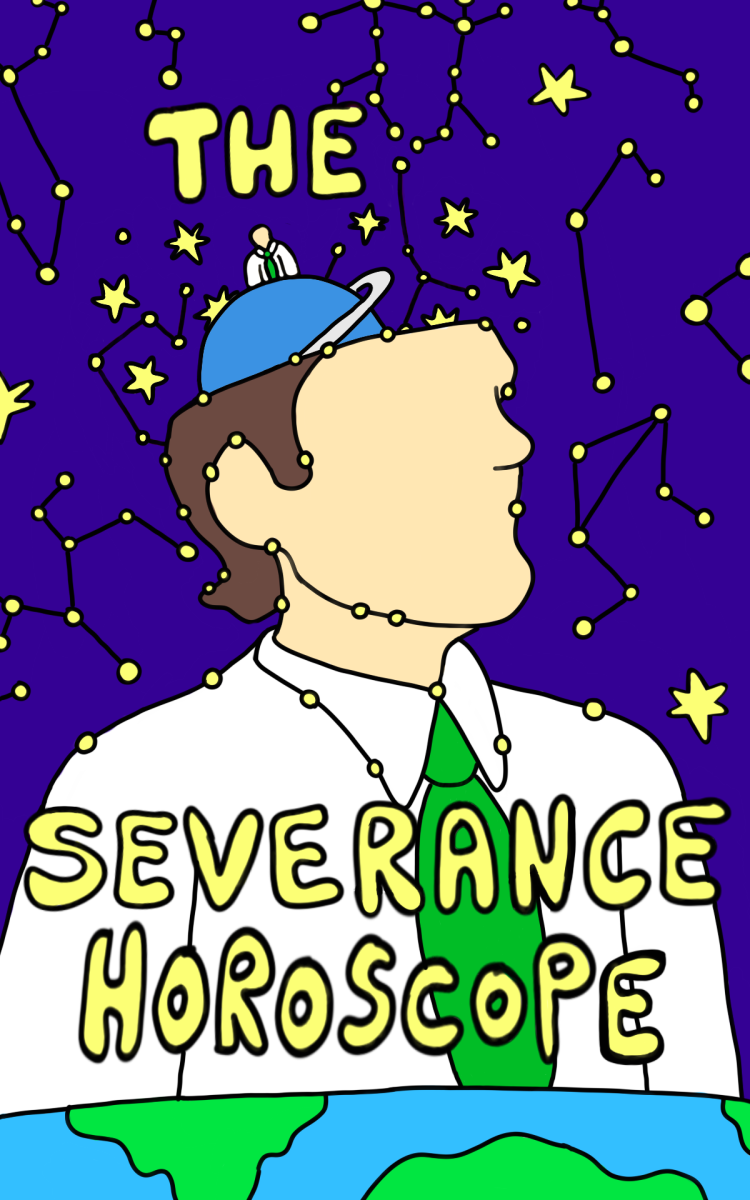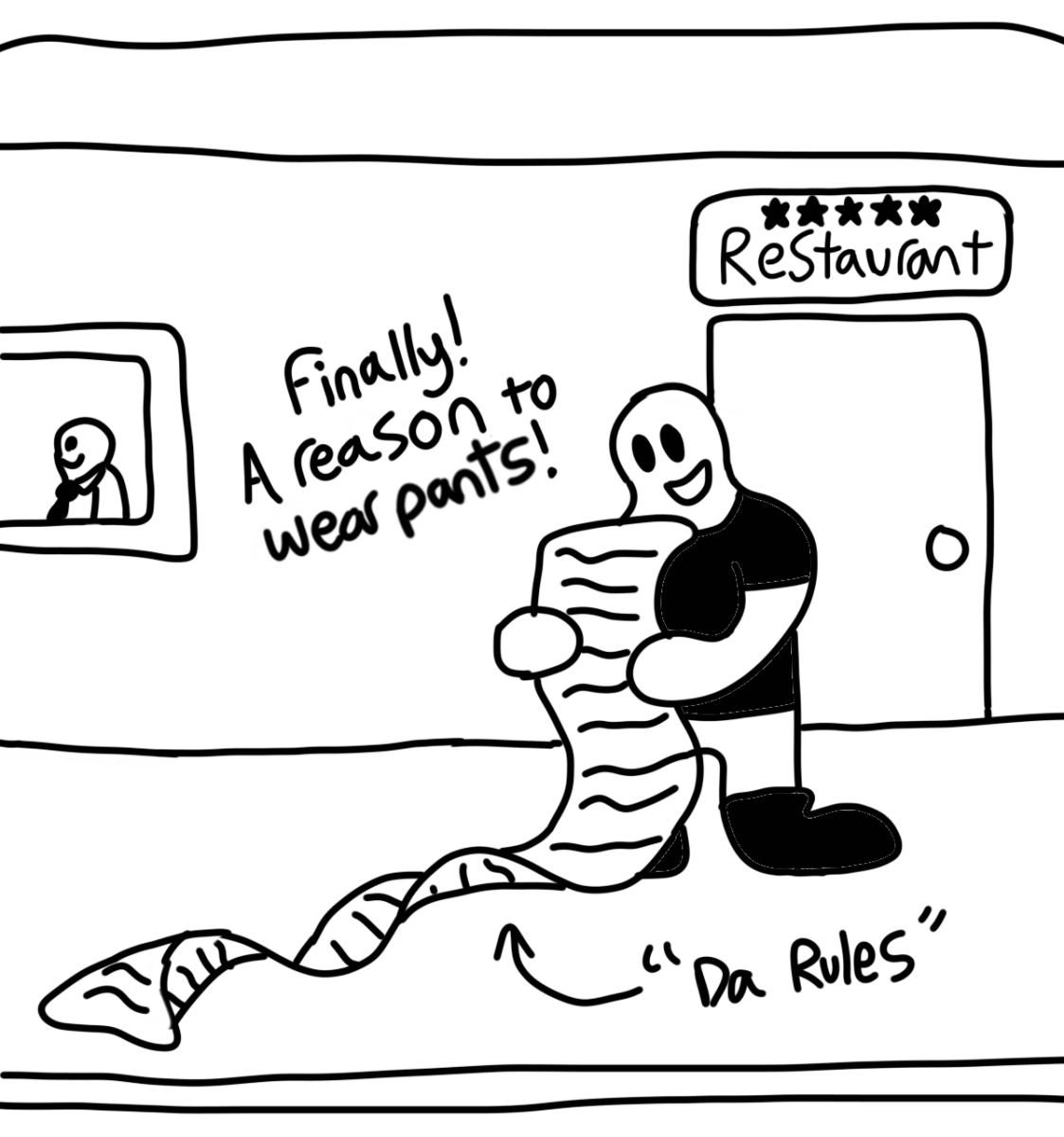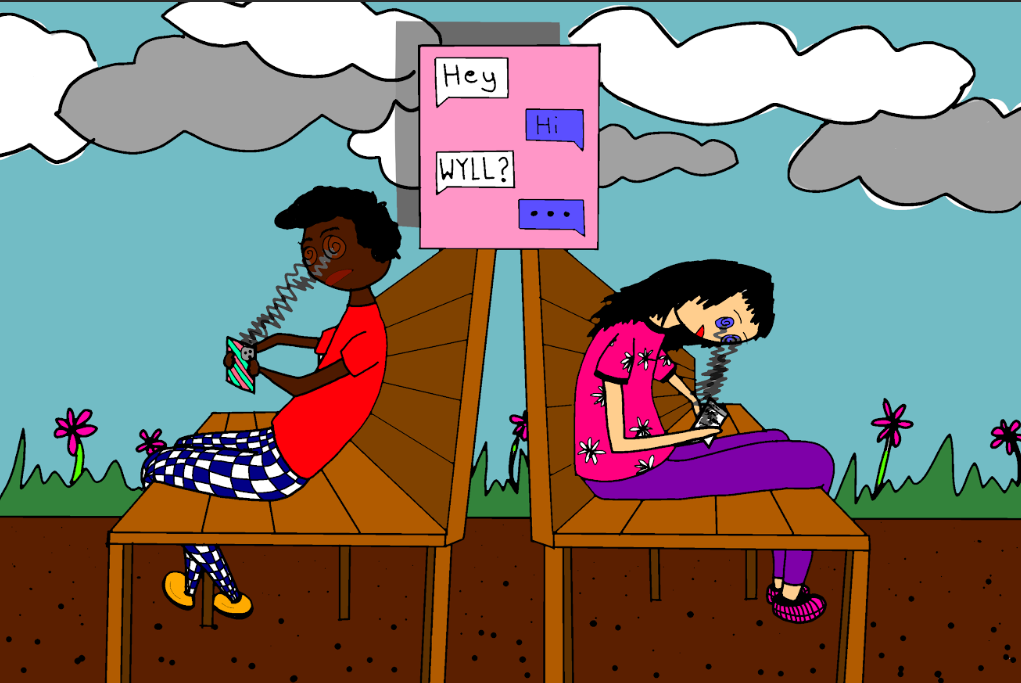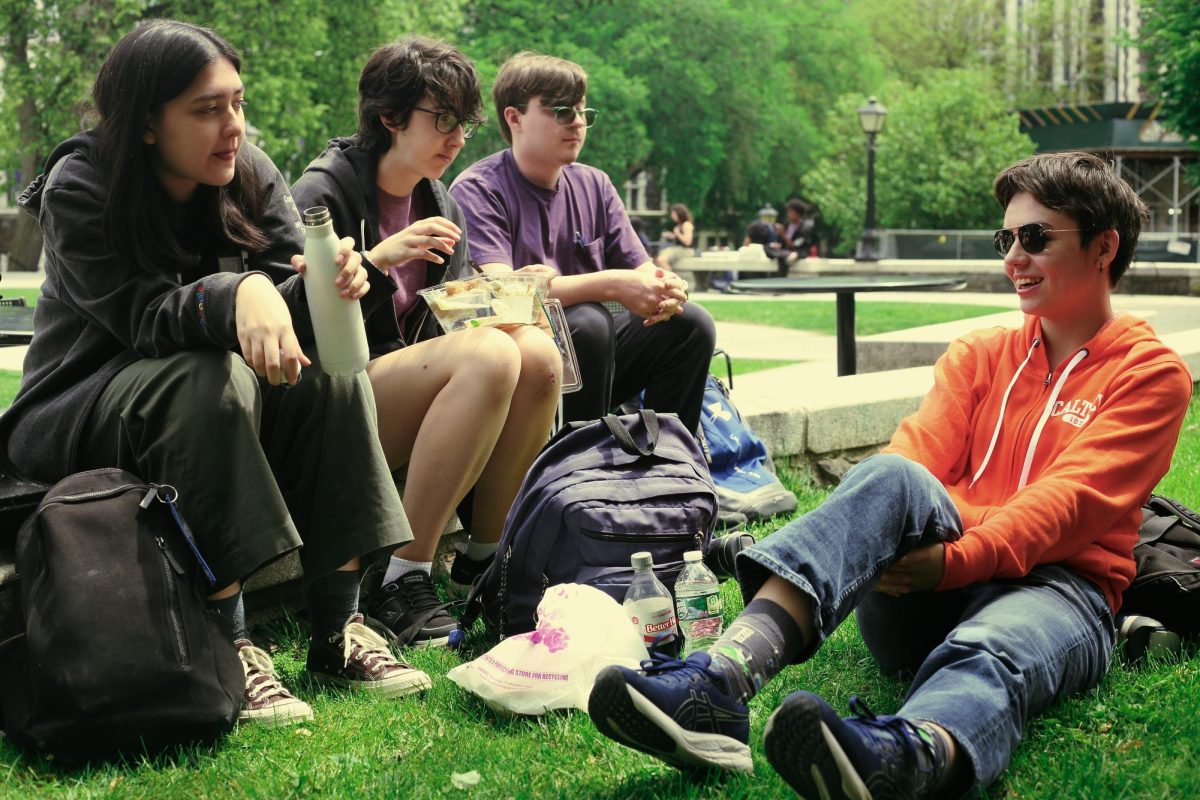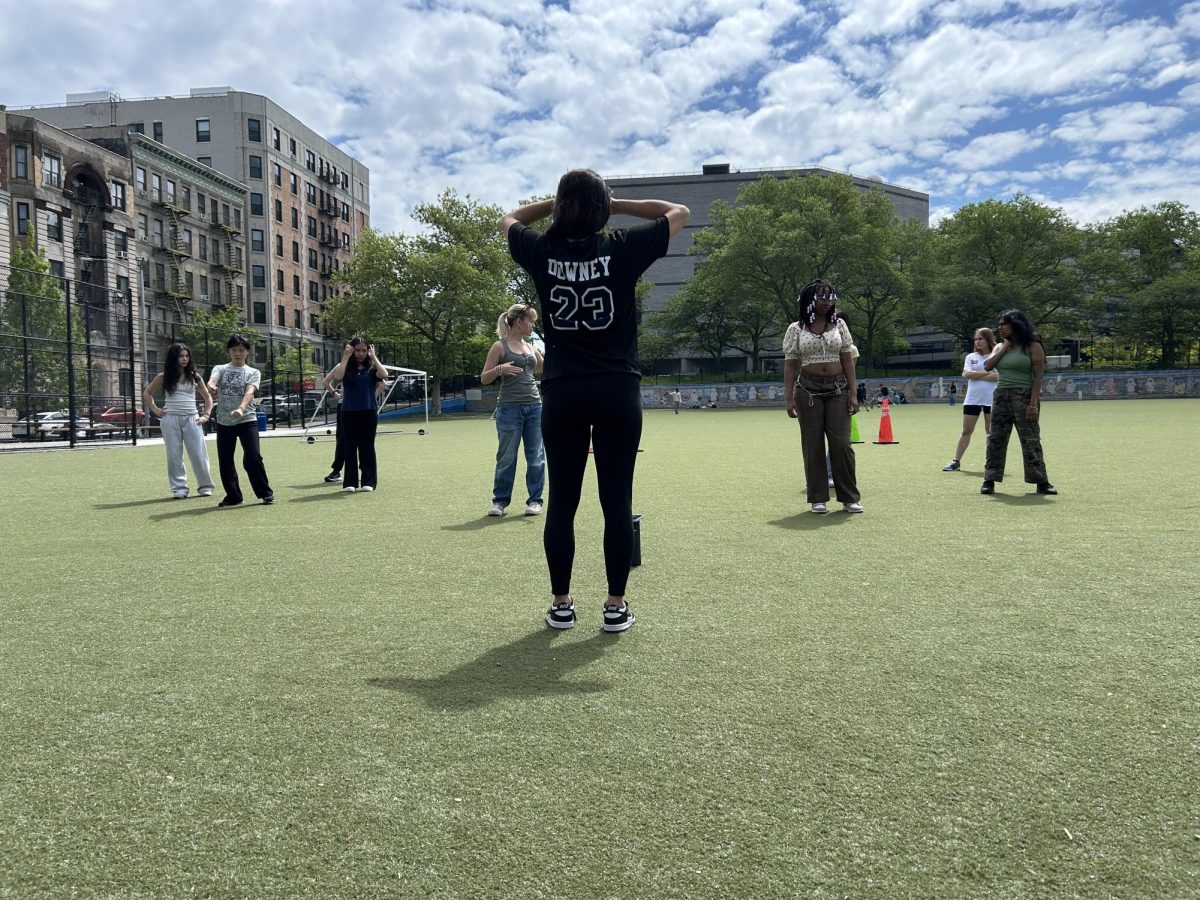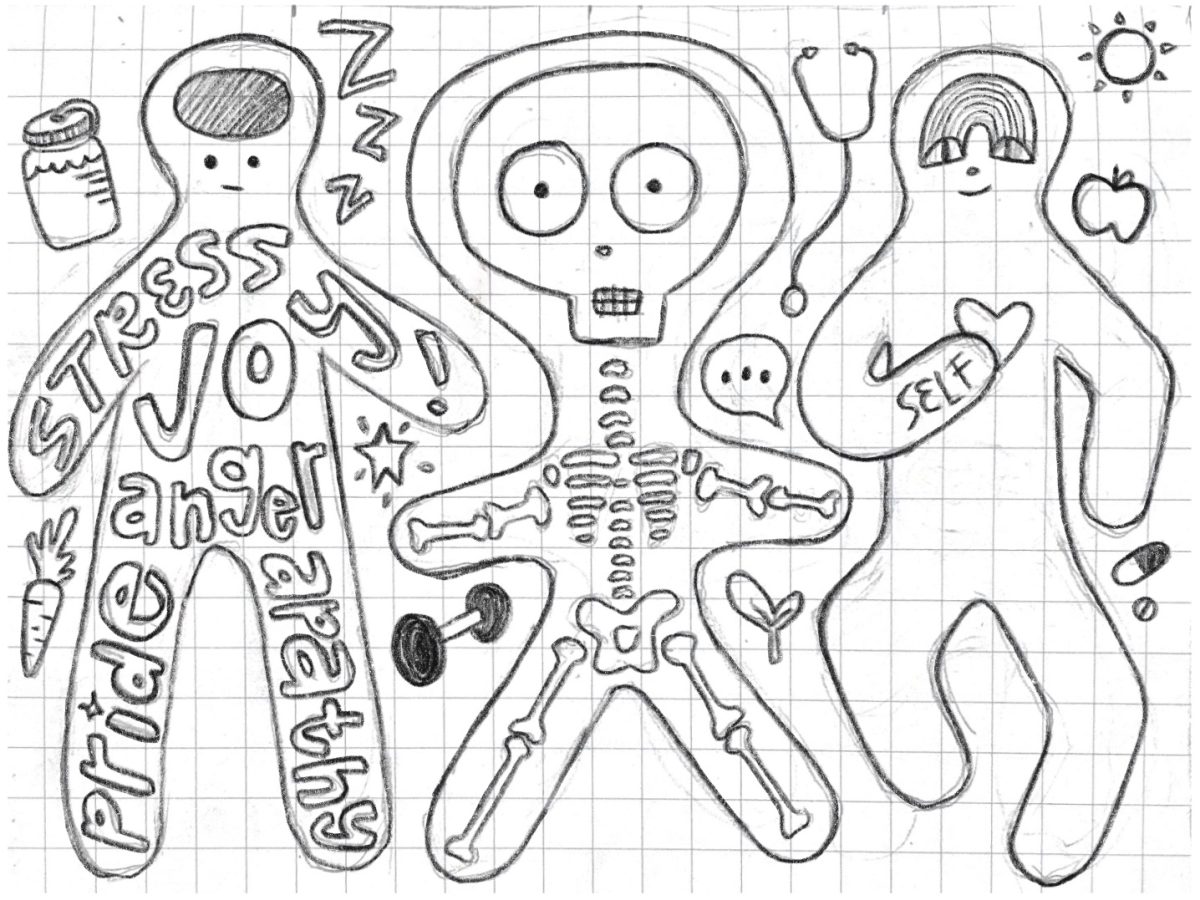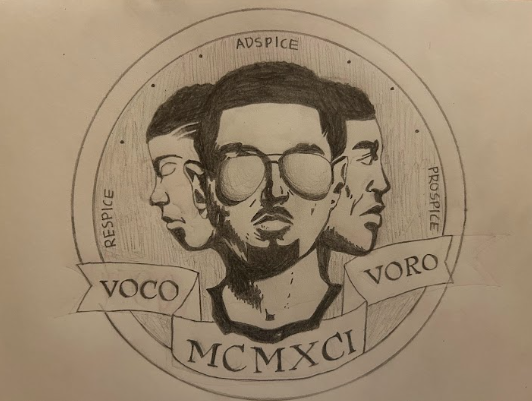Many HSMSE students are familiar with Sean Combs, better known as Diddy, because of the slew of sex-trafficking and other horrible charges pressed against him. What they may not know is Diddy’s first scandal, albeit of a different nature (but still sharing a lack of concern for the welfare of others) occurred on the very campus we call home. In the weeks surrounding winter break, you may have noticed a memorial on the stairs to Marshak Gym with candles lit. Those candles memorialize the nine people who passed away in a tragic incident on December 28, 2024.
Before he became a household name, Diddy was just a kid from Harlem who dropped out of university to follow his dream of being a music producer. Between classes at Howard University, he had a variety of side hustles; whether it was operating a shuttle system to the airport, selling his old term papers, or selling soda to his classmates, he was always searching for new ways to make a little cash. He was known for wearing designer clothes funded by his slew of gigs, building an entourage, and as we know today, throwing parties. Deric Angelettie, a former classmate, friend, and promoter of Diddy’s said, “Everyone took notice of this cool, overconfident young dude. I was deejaying at the time, and one night he came up to me and said, ‘I’d like to throw a party with you. You’re pretty popular.’”
Over the next two years, Diddy and Angelettie threw parties together, encouraging celebrities to attend, and gaining a name for themselves. As revealed by The Independent’s account of Diddy’s rise, he soon realized that the network he was building wasn’t going to get him to the place he wanted to be, so he started to look for jobs in New York. It was through this networking and hustling that Diddy met a man named Andre Harell, the CEO of Uptown Records. Diddy began work as an unpaid “music scout.” Essentially, his role was to search for and “raise” new talents. He eventually dropped out of school to work full time.
During his time at Uptown Records, Combs worked as their talent director and helped raise artists, such as Mary J. Blige. After a few years, he was let go, but Harell let him take their newest sign-on, Biggie, with him. It was after working with Biggie that Diddy really started to gain fame.
The man was definitely known for an unconventional style of raising money and experience, though so far he had gotten by without a major slip-up. Unfortunately, that wouldn’t last long.
In 1991, Diddy had the idea to throw a charity basketball game at Nat Holman Gymnasium in CCNY’s Marshak Science Building: the very facility MSE students have the privilege to use. Diddy arranged for multiple celebrities to sit courtside to attract fans. Since tickets were only $20 apiece, people snatched them up quickly. According to CCNY Athletics, the Marshak gym is 30,000 square feet and seats 2,000 people. Over 5,000 tickets were sold. Ms. Downey and Mr. Diunte’s gym classes combined don’t total more than 150 students. The amount of people crammed into the gym was over 30 times that. Not only is that a large difference, it’s an extremely dangerous one.
The morning of December 28, 1991 was still, cold, and quiet—your typical New York City winter day. As the evening neared, more people started to file into the Nat Holman Gymnasium and take their seats for the much awaited game. They were eager to get a glimpse of courtside celebrities like Boyz II Men, Jodeci, Heavy D, Big Daddy Kane, and Run-D.M.C. “It doesn’t take an Einstein to know that young people attending a rap concert … who have paid as much as $20 a ticket, would not be very happy and easy to control if they were unable to gain admission to the event because it was oversold,” says Judge Louis C. Benza of the New York State Court of Claims. As the gym became overcrowded, tens of people were left waiting in the stairwell; tens turned into hundreds, and soon there were nearly a thousand people crammed into the stairwell, lobby, and entrance to the gym.
All it takes is one push to start a stampede, and that’s exactly what happened. Diddy provided little to no security for the event, and campus security couldn’t redirect the masses that appeared on their campus. According to a report prepared for the office of then-mayor David N. Dinkins, “Mr. Combs spent little time making the actual preparation for the game and delegated most, if not all, of the arrangements to Louis Tucker and Tara Geter—both of whom claimed to have no prior experience with such events.”
There were supposedly around 800 people stuck in the staircase, and, as any HSMSE student knows, the gym doors open inwards, meaning people got stuck in the staircase and were unable to move. People began to panic and ultimately nine people lost their lives, most due to suffocation. As well as the nine lives lost, 29 people were injured in this overt act of carelessness and under planning. No one in charge of hosting the event ever served any time, but many of the families did receive settlements from Diddy himself. The families of the nine people who died have kept their loved ones’ memories alive and created different organizations, like “Sonya Seeds,” to remember those who passed. Our very own CCNY is embedded in a city rich with history, and part of our role as students must be to reflect on and understand the stories of those who came before us. Now, every December 28, a memorial is held for the victims of Diddy’s very first scandal, here on our own campus. I encourage any and all students to pause for a moment outside of the Marshak gym and read the plaque that commemorates this horrible event and remember those who passed in the tragedy. 





